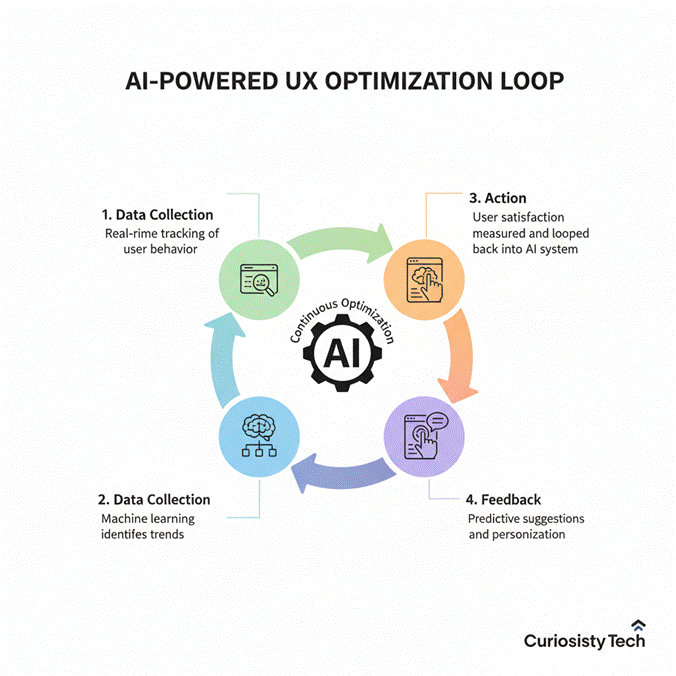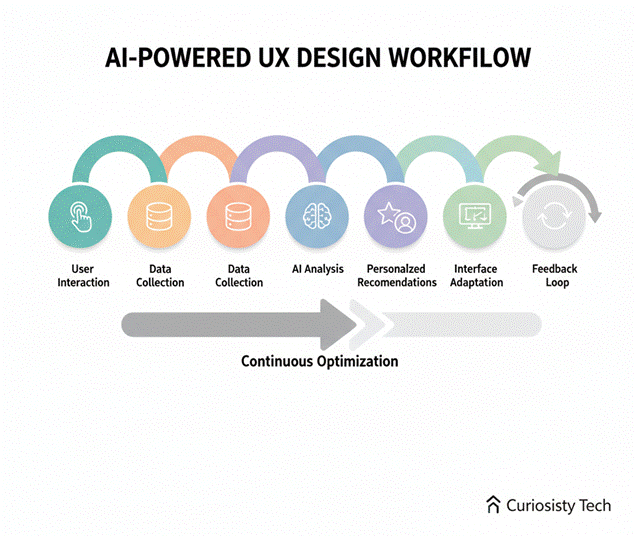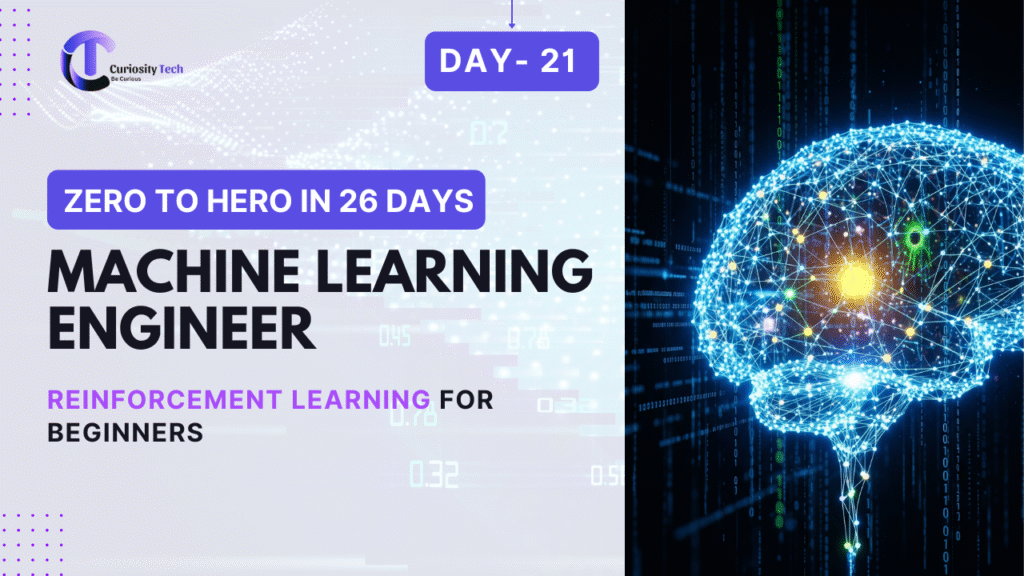In today’s fast-evolving digital landscape, user experience (UX) is no longer just about clean interfaces and intuitive navigation—it’s about anticipating user needs before they even realize them. The driving force behind this transformation is Artificial Intelligence (AI), which is rapidly reshaping the way designers conceptualize, build, and optimize user experiences. At platforms like Curiosity Tech, AI-driven approaches are becoming central to delivering cutting-edge, user-centric designs that blend aesthetics with functional intelligence.
The Intersection of AI and UI/UX
Artificial Intelligence in UI/UX involves leveraging machine learning, predictive analytics, natural language processing, and computer vision to enhance digital experiences. While traditional UX design focuses on manual testing, wireframes, and static prototypes, AI introduces dynamic personalization and adaptive interfaces that evolve with user behavior.
For instance, AI can analyze user interactions in real-time, detecting patterns that guide personalized content, product recommendations, and even interface adjustments. At Curiosity Tech, our team integrates these AI-powered tools to ensure each interaction feels intuitive and uniquely tailored to the individual user.
Key Areas Where AI is Transforming UX
1. Personalized Experiences
AI analyzes vast datasets to understand user preferences. By using behavioral analytics, it can suggest products, content, or even layout adjustments tailored to each user. This personalization enhances engagement and conversion, turning casual visitors into loyal users.
Example: A user who frequently reads articles about mobile UX might see related design tools or tutorials highlighted automatically.
2. Predictive Interfaces
Predictive AI tools anticipate user actions. By leveraging machine learning models, interfaces can adjust dynamically, reducing friction and improving usability.
Example: When filling out forms, AI can auto-complete information or suggest the next logical step, enhancing efficiency.
3. Voice and Conversational UX
With natural language processing (NLP), AI enables voice-assisted interactions, chatbots, and conversational UIs. This allows users to interact in a human-like manner without navigating traditional menus.
Example: Curiosity Tech has integrated conversational AI features into client dashboards, helping users find tutorials, submit queries, and navigate services seamlessly.
4. Automated Design Systems
AI can generate wireframes, color palettes, typography suggestions, and layouts based on user goals and industry best practices. This accelerates the design process while maintaining creativity.
Example: Tools like Adobe Sensei or Figma’s AI plugins use algorithms to recommend design optimizations, reducing repetitive tasks for designers.
5. Data-Driven UX Optimization
AI continuously collects interaction data, providing actionable insights. Heatmaps, scroll tracking, and click patterns help UX teams refine designs in near real-time.

6. Accessibility Enhancements
AI enables inclusive design by automatically adjusting contrast, font size, and even voice guidance based on user needs. Accessibility is no longer an afterthought; AI ensures a seamless experience for all users.
Challenges in Implementing AI in UI/UX
While AI brings remarkable benefits, designers face challenges:
- Data Privacy Concerns: Handling personal data responsibly is critical.
- Over-Automation: Over-relying on AI can lead to generic experiences if human creativity is sidelined.
- Bias in AI Models: Algorithms must be trained on diverse datasets to prevent skewed UX outcomes.
At Curiosity Tech, these challenges are addressed by ethical AI practices, ensuring technology enhances creativity without compromising user trust.
Infographic Concept: AI-Powered UX Design Workflow

This infographic visually communicates how AI continuously refines user experience in an iterative loop, making digital interactions smarter and more intuitive.
Conclusion
AI is no longer the future of UI/UX—it’s the present. From predictive interfaces and personalized experiences to automated design systems, AI empowers designers to create smarter, more intuitive, and inclusive digital environments. Organizations like Curiosity Tech are at the forefront, leveraging AI to craft user experiences that resonate on a personal level while optimizing performance and engagement.
As we continue into 2025, embracing AI in UI/UX isn’t optional; it’s essential for any business aiming to stay competitive, enhance satisfaction, and foster brand loyalty. The synergy between human creativity and machine intelligence is what will define the next generation of digital experiences.

